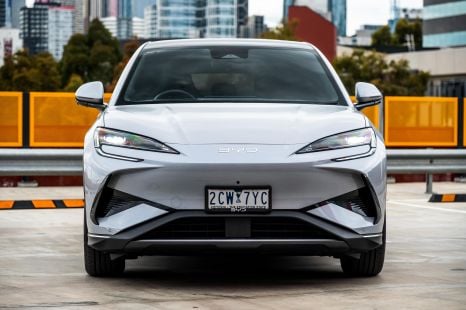

James Wong
2026 BYD Sealion 7 review
1 Hour Ago
Owners of higher-emitting vehicles in the ACT are set to be slogged with dearer registration fees from July 1.

Contributor


Contributor
Australia has yet another registration fee scheme, with the Australian Capital Territory moving to a system which charges fees based on a vehicle’s emissions, rather than its weight.
Due to come into effect for all new registrations and renewals made from July 1, 2024, the system is broken down into six emissions categories, which are based on the amount of grams of CO2 a vehicle emits every kilometre (CO2 g/km).
There are six categories, ranking from AAA (zero tailpipe emissions) to D (221g/km and above), which aligns with the outgoing system which was based on six different weight ranges for light vehicles (everything 4500kg and under).
| Emissions category | Emissions amount (CO2 g/km) |
|---|---|
| AAA | 0 |
| AA | 1-65 |
| A | 66-130 |
| B | 131-175 |
| C | 176-220 |
| D | 221+ |
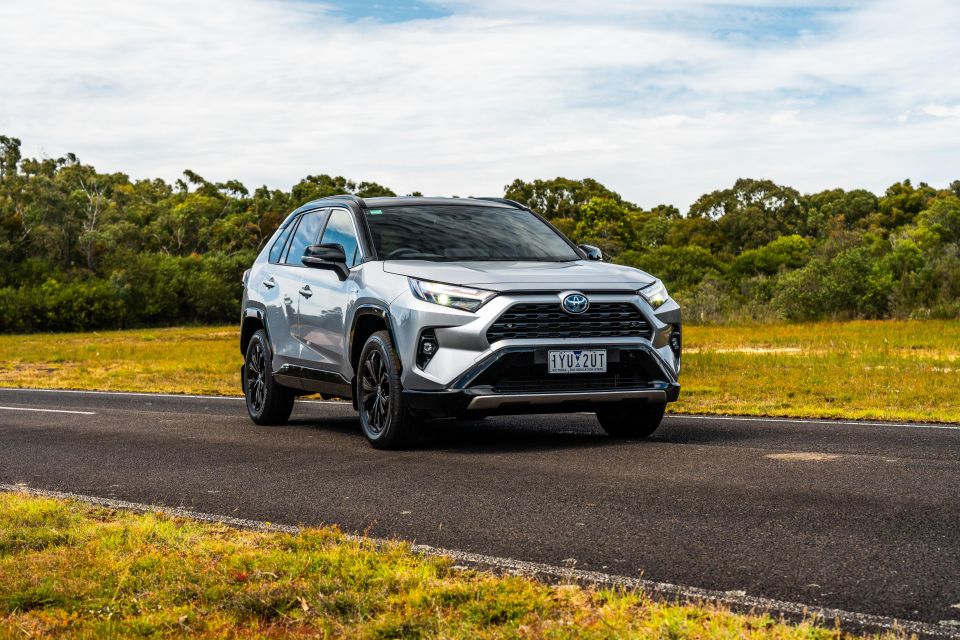
The emissions ratings are based on the Australian Government’s Green Vehicle Guide, with owners required to look up and input their vehicle’s combined CO2 rating into the ACT’s online registration calculator to work out how much they’ll save or have to spend with the new scheme.
While the ACT Government claimed approximately 96 per cent of private passenger vehicles in the jurisdiction would end up paying less as a result of the move to emissions-based registration fees, a number of best-selling vehicles end up more expensive to register under the new scheme.
For example, a 2022 Toyota RAV4 Hybrid – with its 109g/km CO2 emissions and its circa-1750kg kerb weight – currently costs $1131.80 to $1150.40 to register for 12 months in the ACT, but this will jump to between $1252.60 and $1271.20 under the emissions-based scheme.
Likewise, a V6-powered 2023 Ford Ranger – which emits 222g/km and weighs almost 2400kg – increases from $1334.70-$1371.00 to $1380.00-$1416.30 annually.

Curiously, the price of registering a used Tesla Model 3 or Model Y – the two best-selling vehicles in the ACT last year – for 12 months has significantly increased from $633.60-$652.20 to $1009.40-$1028.00. It’s not clear if this is a glitch in the system while it rolls over from one scheme to another.
You can visit the ACT’s online registration calculator here to find out the price difference for insuring your vehicle under the new guidelines.
The ACT Government has previously announced it aims to reach net zero emissions by 2045 and phase out new petrol and diesel vehicles by 2030.
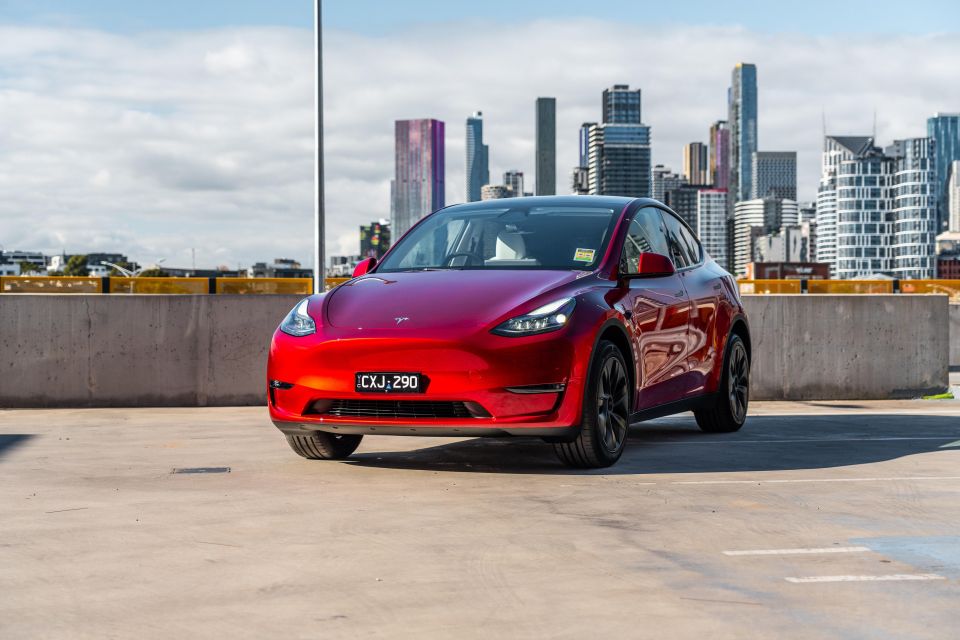
New electric vehicles (EVs) registered in the territory have been eligible for discounted registration and waived stamp duty for a two-year period, though this will be phased out as of July 1, 2024.
The territory government has claimed motorists will save a combined $6.6 million across the next four years thanks to changes to registration fees, stamp duty and concessions.
It adds more disparity between Australia’s jurisdictions in terms of how registration fees are calculated, with each state and territory taking a different approach to how motorists are charged to keep their vehicles registered.
| State or territory | What registration costs are based on |
|---|---|
| New South Wales | Weight |
| Victoria | Vehicle location and type |
| Queensland | Engine cylinders |
| Western Australia | Weight |
| South Australia | Location, engine cylinders |
| Tasmania | Cylinders |
| Australian Capital Territory | Weight (until June 30), emissions (from July 1) |
| Northern Territory | Engine size and cylinders |
Born and raised in Canberra, Jordan has worked as a full-time automotive journalist since 2021, being one of the most-published automotive news writers in Australia before joining CarExpert in 2024.


James Wong
1 Hour Ago


Damion Smy
10 Hours Ago


Damion Smy
14 Hours Ago
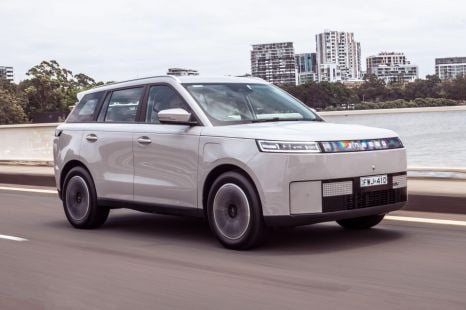

Josh Nevett
16 Hours Ago
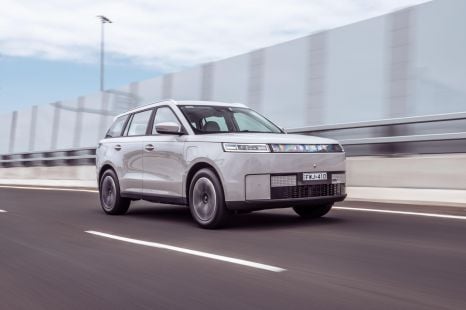

Josh Nevett
16 Hours Ago
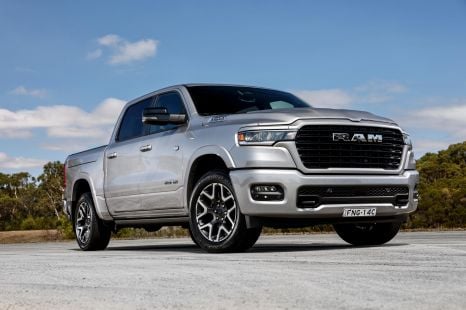

Damion Smy
16 Hours Ago